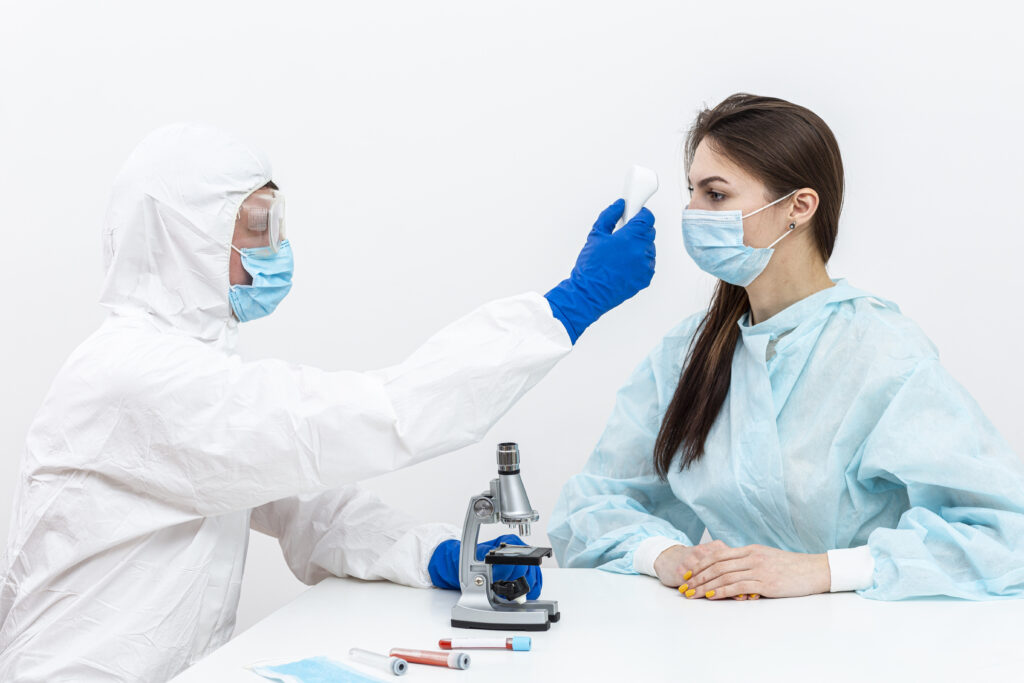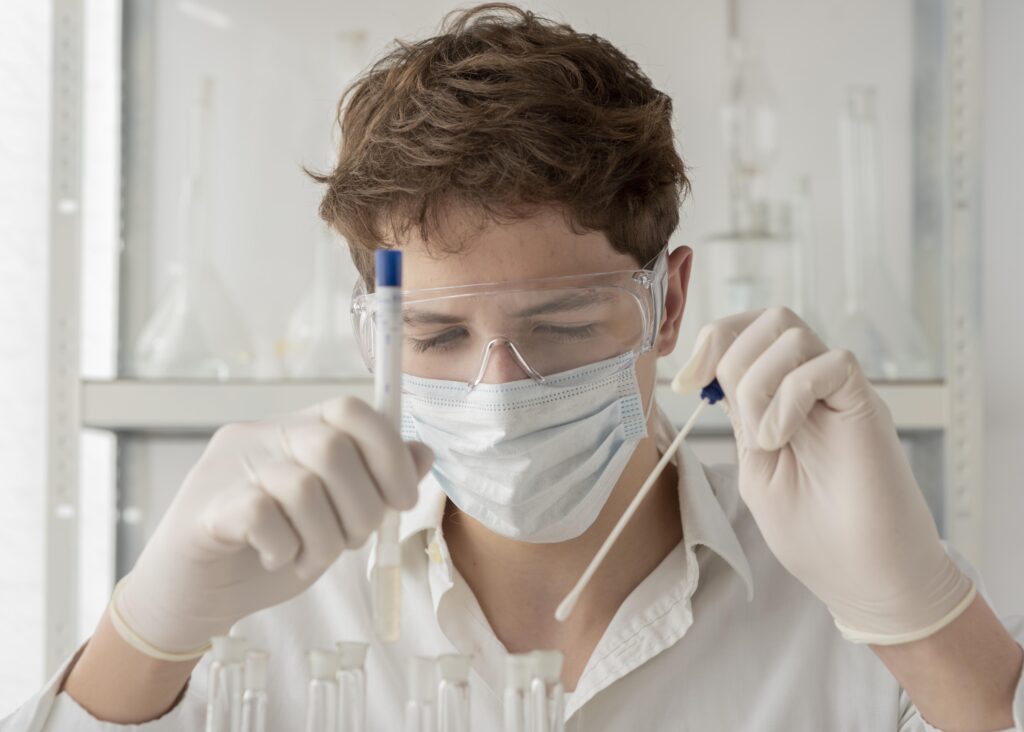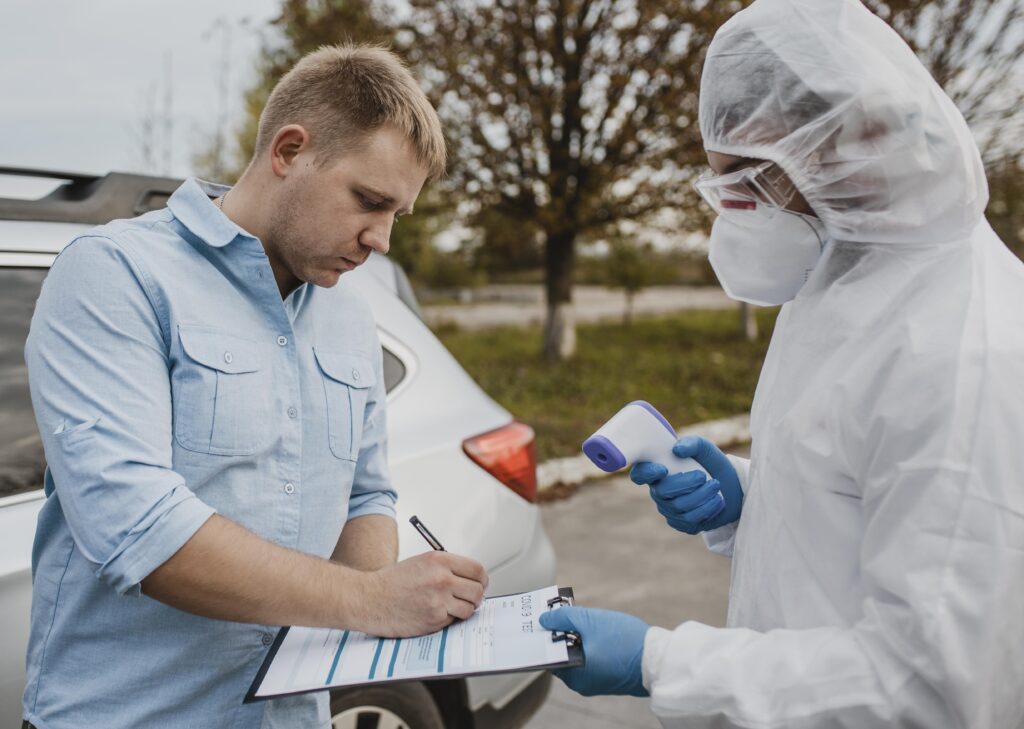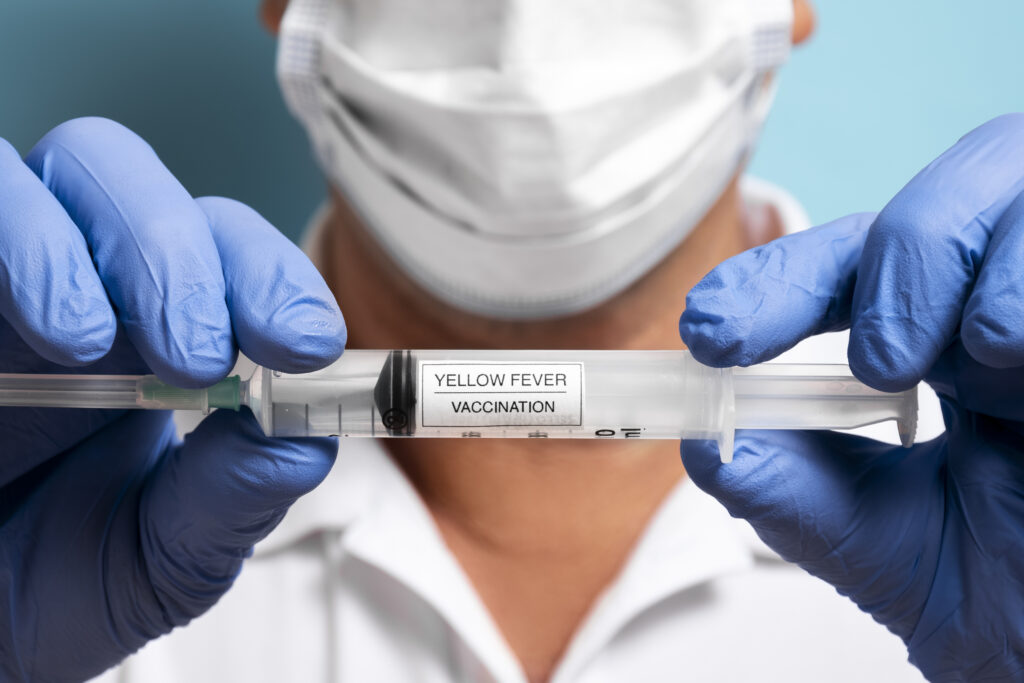- Phone 407-586-5677
- Email: [email protected]
- Fax : 407-956-2425
In today’s world, health risks from infectious diseases are everywhere. Whether it’s the common flu, COVID-19, or more complex infections, early detection plays a key role in treatment and prevention. That’s where infectious disease tests step in.
These tests are designed to detect infections quickly and accurately. With the right screening tools, doctors can diagnose and treat patients more effectively. The good news? Modern infectious disease testing is not only fast and reliable—it’s also affordable.

Every day, millions of people are exposed to viruses, bacteria, or other pathogens. Certain infections cause only minor discomfort, while others pose serious threats to your health or even become life-threatening. Identifying an illness early helps avoid complications.
For example, testing can:
So, infectious disease testing is not just about the individual—it’s also about public health.
Infections vary greatly, and the tests used to detect them are just as diverse. Healthcare providers choose the right test based on the symptoms and the suspected infection. Below are some common categories:
These are used to find viruses, bacteria, or antibodies in the blood. They can detect infections like HIV, hepatitis, and Lyme disease.
These are often used for respiratory infections. COVID-19 and flu tests fall into this group. Results can be available in minutes.
Helpful in diagnosing urinary tract infections (UTIs) or sexually transmitted infections (STIs) like chlamydia and gonorrhoea.
These helps detect the presence of parasites or infections within the digestive system.
Each method plays a role in keeping communities safe. Infectious disease tests are more accurate than ever, thanks to new technologies.
Let’s simplify it. Most tests work by looking for:
Depending on the method, results can be immediate (as with rapid tests) or take a few days (like PCR tests).
For example, a rapid flu test checks proteins from the virus. In contrast, a PCR test identifies the genetic code of the virus or bacteria. Both are part of infectious disease testing, but each serves a different need.
Speed matters when dealing with infections. A delay in diagnosis can mean worsening symptoms or further spread. Fast testing enables:
Thanks to point-of-care testing and improved lab processes, most tests today offer results within 15 minutes to 48 hours.
Rapid antigen tests, commonly used to detect COVID-19 and the flu, provide results within minutes. While PCR tests take longer, they offer greater accuracy. Striking the right balance between quick results and dependable data is crucial for proper treatment.

One of the biggest concerns people have is cost. Thankfully, many infectious disease tests are affordable. Clinics, community health centres, and direct primary care providers offer budget-friendly options.
In some regions, communicable disease screening is even offered for free or at a reduced price through public health programs. Insurance plans often cover common tests, especially when symptoms are present.
Here’s how to save on testing:
Affordable access to infectious disease testing ensures more people get tested—benefiting everyone.
Modern lab equipment and testing protocols have made testing incredibly reliable. The accuracy of most infectious disease tests is above 90%. In the case of PCR tests, it can go even higher.
Still, no test is perfect. A single test may not detect early-stage infections. That’s why follow-up tests or combined methods are sometimes used for a confirmed diagnosis.
It’s important to follow your provider’s advice. If symptoms continue despite a negative test, retesting or additional testing may be needed.
Not sure if you need infectious disease testing? You might want to consider it if:
Routine communicable disease screening is also recommended for certain groups, such as healthcare workers, caregivers, and travellers.

Communicable disease screening isn’t just for individuals—it helps protect entire populations. By catching cases early, health departments can:
During a public health crisis, widespread infectious disease testing becomes even more essential. The faster we detect and isolate cases, the quicker we can stop the spread.
Here are a few tips to make your testing process smooth and stress-free:
Preparation goes a long way in reducing anxiety and getting the most accurate results.
Infectious diseases can spread quickly—but with the right tools, we can stay one step ahead. Infectious disease tests are now faster, more reliable, and more accessible than ever. Whether you need a routine check or urgent diagnosis, testing is a smart first step.
Choose healthcare providers that offer dependable infectious disease testing. It’s an investment in your health—and your community’s safety.

Q1. Are infectious disease tests painful?
Most are quick and only mildly uncomfortable, like a nasal swab or a finger prick.
Q2. How accurate are these tests?
PCR tests are over 95% accurate. Rapid tests vary, but most have high accuracy when used correctly.
Q3. Do I need a doctor’s referral?
Not always. Many walk-in clinics and testing centres offer services without referrals.
Q4. What if I test positive?
Your provider will guide you on treatment, isolation, and notifying contacts if needed.
Q5. How often should I get tested?
This depends on your risk level and symptoms. Some people may need routine communicable disease screening, especially in high-risk environments.
We are currently accepting new patients.

We believe in putting healthcare back where it belongs—in the hands of you and your doctor. With no insurance barriers, long waits, or rushed visits, we provide the time, attention, and quality care you deserve. Experience a better way to manage your health with Direct Primary Care of Florida.
© 2025 Direct Primary Care of Florida.